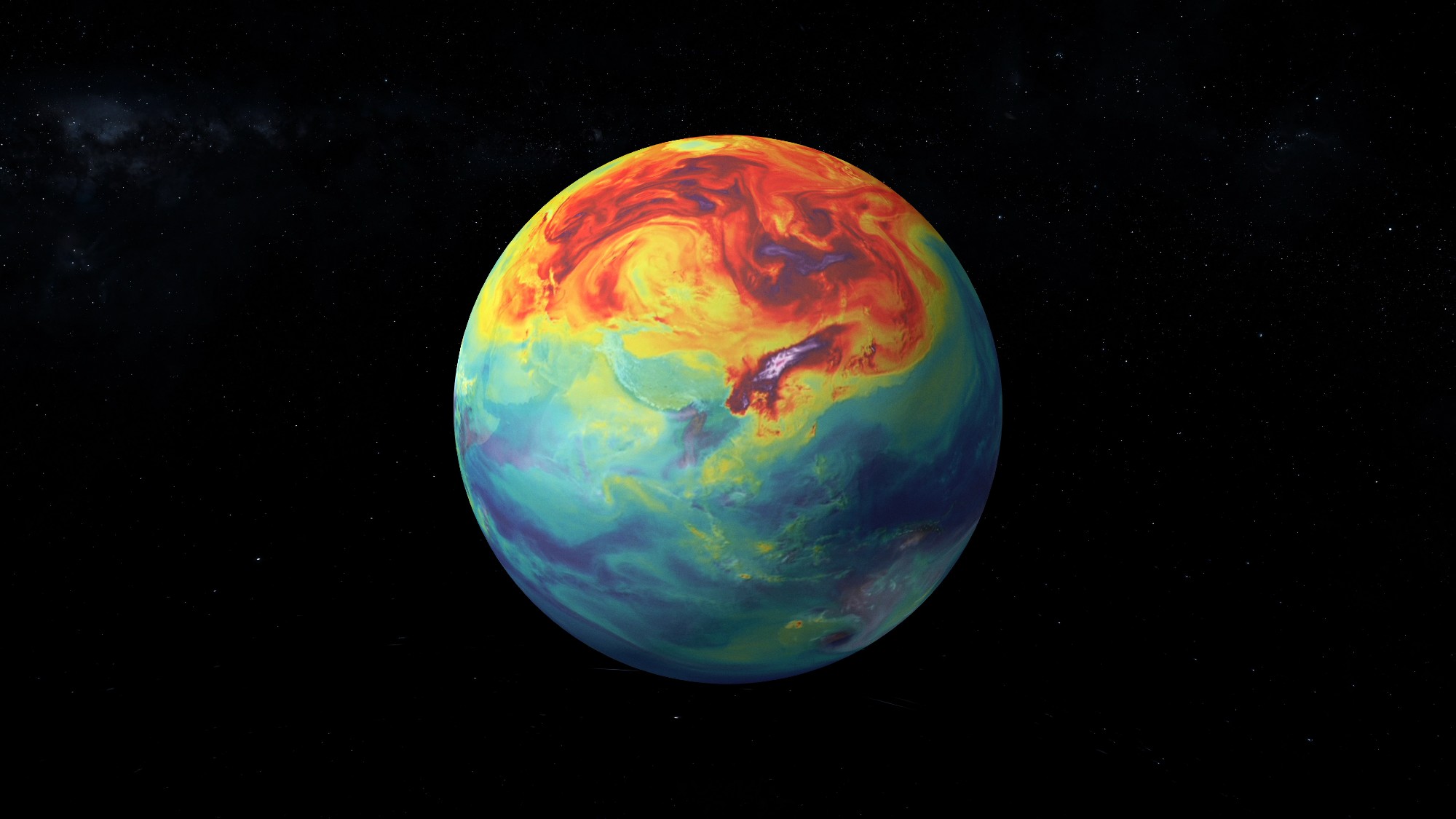A new company is trying to bring back the woolly mammoth. Expect 'tons of trouble' along the way.

A new company announced Monday that it's aiming to genetically resurrect the woolly mammoth, an oft-talked about endeavor that some scientists think could help fight climate change. The goal is to turn frozen tundra in Siberia back into grasslands, which can serve as effective carbon sinks.
But Colossal's plan will undoubtedly raise many questions about the ethics of bringing back the ancient giants from the dead. "There's tons of trouble everyone is going to encounter along the way," Beth Shapiro, a paleogeneticist at the University of California, Santa Cruz, told The New York Times.
Some of the main concerns have to do with the fact that mammoths have been extinct for thousands of years. Therefore, scientists may not know enough about their behavior, which means the animals — if Colossal or some other entity is ever indeed successful at bringing them back, which is far from a given — could suffer.
The Week
Escape your echo chamber. Get the facts behind the news, plus analysis from multiple perspectives.

Sign up for The Week's Free Newsletters
From our morning news briefing to a weekly Good News Newsletter, get the best of The Week delivered directly to your inbox.
From our morning news briefing to a weekly Good News Newsletter, get the best of The Week delivered directly to your inbox.
For example, at the beginning at least, the mammoths wouldn't have mothers, Heather Browning, a philosopher at the London School of Economics, pointed out. And if the species was "anything like elephants," they would have had "extraordinarily strong infant-mother bonds that last for a very long time," she told the Times. That leaves Browning wondering who will look after the mammoths once they're on the ground. Read more at The New York Times.
Editor's note: This story has been updated to correct the name of Heather Browning.
A free daily email with the biggest news stories of the day – and the best features from TheWeek.com
Tim is a staff writer at The Week and has contributed to Bedford and Bowery and The New York Transatlantic. He is a graduate of Occidental College and NYU's journalism school. Tim enjoys writing about baseball, Europe, and extinct megafauna. He lives in New York City.
-
 Political cartoons for December 21
Political cartoons for December 21Cartoons Sunday’s political cartoons include Christmas movies, AI sermons, and more
-
 A luxury walking tour in Western Australia
A luxury walking tour in Western AustraliaThe Week Recommends Walk through an ‘ancient forest’ and listen to the ‘gentle hushing’ of the upper canopy
-
 What Nick Fuentes and the Groypers want
What Nick Fuentes and the Groypers wantThe Explainer White supremacism has a new face in the US: a clean-cut 27-year-old with a vast social media following
-
 Blue Origin launches Mars probes in NASA debut
Blue Origin launches Mars probes in NASA debutSpeed Read The New Glenn rocket is carrying small twin spacecraft toward Mars as part of NASA’s Escapade mission
-
 Why scientists are attempting nuclear fusion
Why scientists are attempting nuclear fusionThe Explainer Harnessing the reaction that powers the stars could offer a potentially unlimited source of carbon-free energy, and the race is hotting up
-
 Dinosaurs were thriving before asteroid, study finds
Dinosaurs were thriving before asteroid, study findsSpeed Read The dinosaurs would not have gone extinct if not for the asteroid
-
 Canyons under the Antarctic have deep impacts
Canyons under the Antarctic have deep impactsUnder the radar Submarine canyons could be affecting the climate more than previously thought
-
 SpaceX breaks Starship losing streak in 10th test
SpaceX breaks Starship losing streak in 10th testspeed read The Starship rocket's test flight was largely successful, deploying eight dummy satellites during its hour in space
-
 NASA is moving away from tracking climate change
NASA is moving away from tracking climate changeThe Explainer Climate missions could be going dark
-
 Rabbits with 'horns' sighted across Colorado
Rabbits with 'horns' sighted across Coloradospeed read These creatures are infected with the 'mostly harmless' Shope papilloma virus
-
 Lithium shows promise in Alzheimer's study
Lithium shows promise in Alzheimer's studySpeed Read Potential new treatments could use small amounts of the common metal
